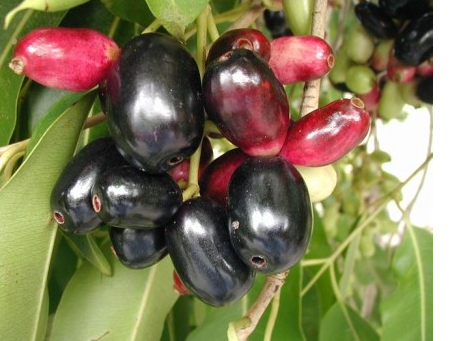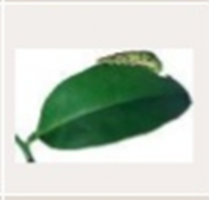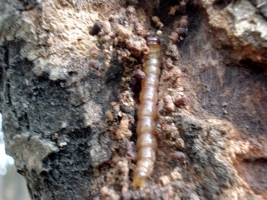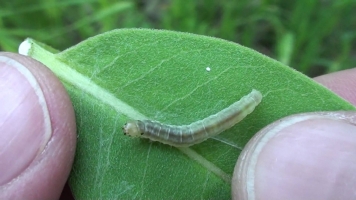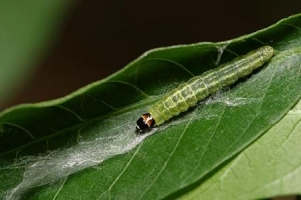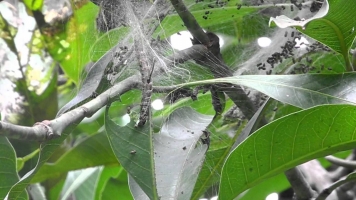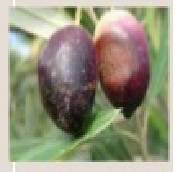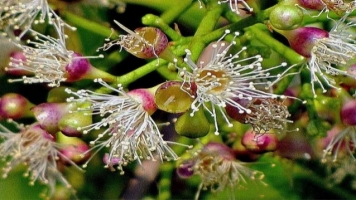General Information
Jamun is known as the indigenous crop of India. Its fruits are used for eating and seeds are used to prepare various drugs. Drugs prepared from Jamun plant is used to cure diabetes and increased blood sugar level. It is an evergreen tree with average height of 30m having brown or grey bark. Leaves are smooth which are 10-15cm long and 4-6m wide. Flowers are yellow in color which is 5mm in diameter and having green fruits which turns crimson red at maturity. Fruits bear seeds which are 1-1.5cm long. Afghanistan, Myanmar, Philippines, Pakistan, Indonesia and India are the countries where Jamun plant can grow. Maharashtra, Tamil Nadu, Gujarat, Assam and Rajasthan are major Jamun growing states in India.

